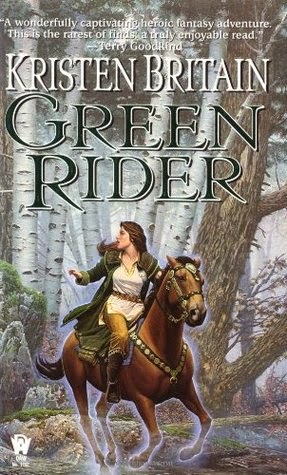Every Thursday, Nathan (over at Fantasy Review Barn) leads the gang in touring the mystical countryside, looking for fun and adventure. His Tough Traveling feature picks one of the most common tropes in fantasy each week, as seen in The Tough Guide to Fantasyland by Diana Wynn Jones, and invites us to join in the adventure. All are invited to take part, so if you're joining the journey late, no worries . . . we'll save you a spot in the caravan.
This week’s tour topic is: Otherworldly Creatures (Tentacles preferred)
Okay, let's get the obvious out of the way first and address theelephant octopus in the room. H.P. Lovecraft. The whole Cthulhu Mythos. Really, kiddies, this is what tentacle-strewn nightmares are made of. His work is just chock full of "slimy creature from the sea" - most of them sporting preternaturally strong, agile, sticky tentacles. Right from C'thulhu himself, right down through the ranks, you can't talk about the horrific potential in tentacles and not think of Lovecraft.
Now, let's deal with the other elephant Watcher in the room, and talk about J.R.R. Tolkien. Really, if there's a tough traveling trope that he didn't either invent or use, it's probably not worth mentioning.Anyway, he brings us the horrors of the Watcher in the Water fromThe Lord of the Rings. Is it a squid? An octopus? A Kraken? Who knows. All we ever see of the guardian at the gates of Moria is its tentacles. Heck, even Gandalf isn't sure whether there's one Watcher or several.
Terry Brooks liked his tentacles monsters as well, using them multiple times in the Shannara novels. In The Sword of Shannara, Menion, Shea and Flick are attacked by a Mist Wraith - a tentacled beast with a beak at its center - as they make their way around the edge of the Mist Marshes. In Wishsong of Shannara, the Mord Wraiths summon an honest-to-gosh full-scale Kraken to batter down the Dwarven Fortress Dam at Caapal.
As long as we're talking Kraken, then we have to go back and revisit Swords in the Mist, the 3rd Fafhrd and the Gray Mouser book from Fritz Leiber. Becalmed, our two heros tie a rope to their ship and descend into the sunken world of the Sea King. It's a story full of flirting, battles, and frantic escapes, but what I remember most is Fafhrd fighting against a giant squid with a sword in each of its tentacles as the underwater world collapses around them.
Finally, since we began with horror, lets end with horror - the The Mist by Stephen King. There's a scene in the book where a group of men decide to make a desperate run from the supermarket to the generator out back, which has broken down. As soon as they open the door, a mass of tentacles attacks, snatching more than one of the would-be heroes and dragging them off, kicking and screaming, into the mist for dinner.

 Log in with Facebook
Log in with Facebook 



























